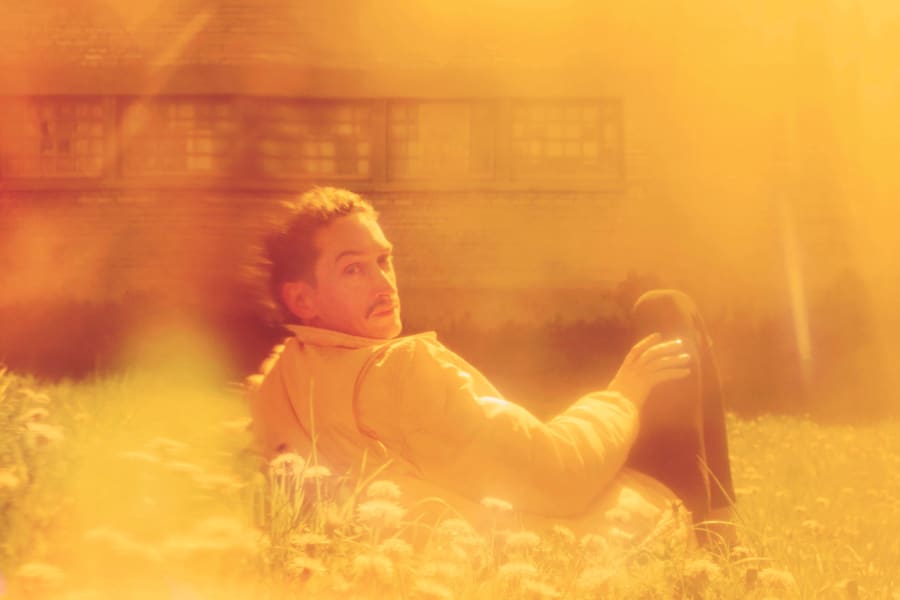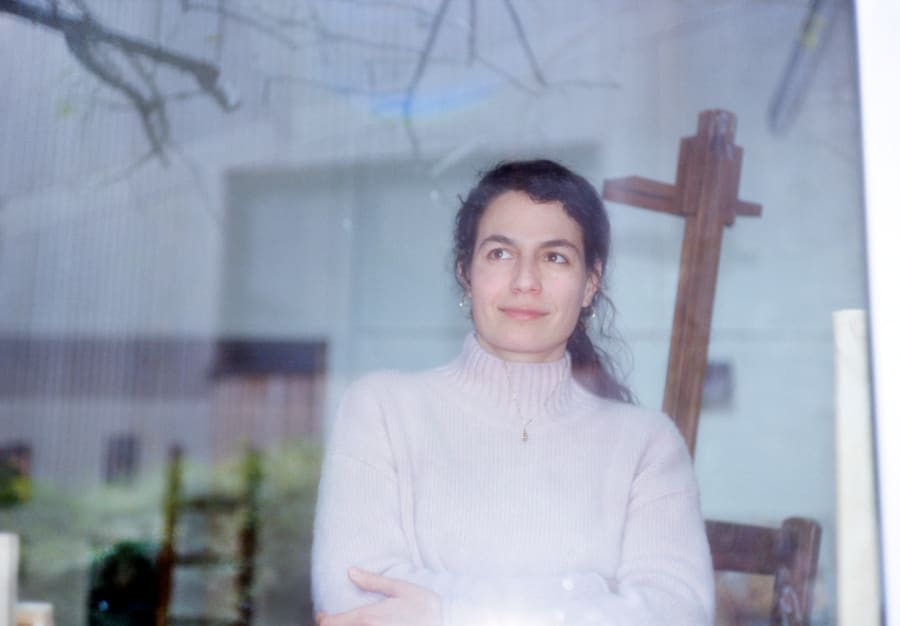Robert Ryman (1930–2019), born in Nashville, Tennessee, the home of country music, joined the US Army Reserve Band as a tenor saxophonist and then, once demobilized, moved to New York in 1952 to study jazz with pianist and composer Lennie Tristano, and saxophonist Lee Konitz.
Once there, he had to earn a living, and soon found a job as a janitor at the Museum of Modern Art, where he simultaneously discovered the European Modern masters – in particular Claude Monet, Paul Cézanne, and Henri Matisse – and the new creations of American artists like Mark Rothko, Jackson Pollock, and Barnett Newman. His colleagues at MoMA included Dan Flavin, Lucy Lippard (whom he married in 1961), Scott Burton, John Button, Michael Venezia, Sol LeWitt, and Robert Mangold.
Ryman began experimenting with painting in 1953, and soon turned away from music to devote himself to it entirely. By the time he created Untitled in 1959, all the elements of his work had already been defined. The square format was the one he used almost exclusively until he stopped painting in 2011 – it represented both a form and an ideal space. This standardization freed him from questions of size and proportion, and facilitated the organization of the overall composition of his works. It became his signature – as did the white paint he used for most of his works. For him, white is neutral, but also offers a wide spectrum of variations in terms of nuance, transparency, consistency, and luminosity. It makes other elements of the painting visible. Ryman’s way of applying and superimposing brushstrokes or layers of paint of varying thickness was distinctive – as were his generous impastos.
From the beginning of his career, Ryman worked to reduce painting to its essential elements. For this early work, he chose a raw support of brown linen that remains partially exposed. He has painted a white square across the top left-hand corner, framed by two sky-blue lines that resemble two pieces of adhesive tape. In line with the horizontal band of blue is his signature – R Ryman – and the year the painting was created – 59. The same signature and date reappear just below the white square, on the unprimed support, this time painted in bright red letters as if to emphasize the first. The red recalls Oscar Wilde’s novel, in which the painter signs his portrait of Dorian Gray in vermilion letters, as well as Marcel Duchamp’s decision to sign his famous Autoportrait, signature [Self-Portrait Signature] (1964) in the same color.
For Ryman, it was a matter of exploring, questioning, and playing with the elements of painting, of reducing the work to its essential components. The support, the pictorial material, and the signature are treated as subjects in their own right, as a way of questioning the space and environment in which the work is inscribed.
The Robert Ryman Estate is represented by David Zwirner (New York, Hong Kong, London, Los Angeles, Paris).
Credits of the artwork: Robert Ryman, Untitled, 1959. Private collection © 2024 Robert Ryman/ ADAGP, Paris.
The work is part of the exhibition ‘Robert Ryman. The act of looking,’ until July 1, 2024, at the Musée de l’Orangerie, Paris.
Florence Derieux is an art historian and curator.


